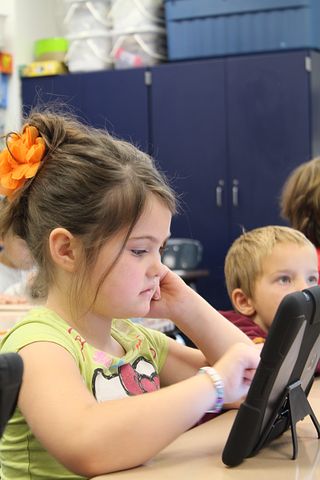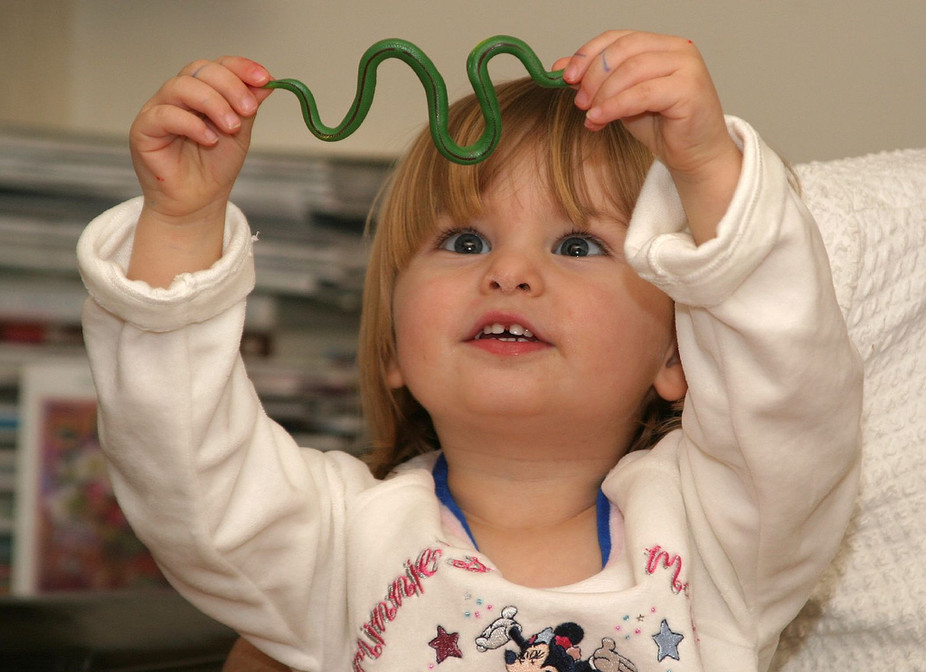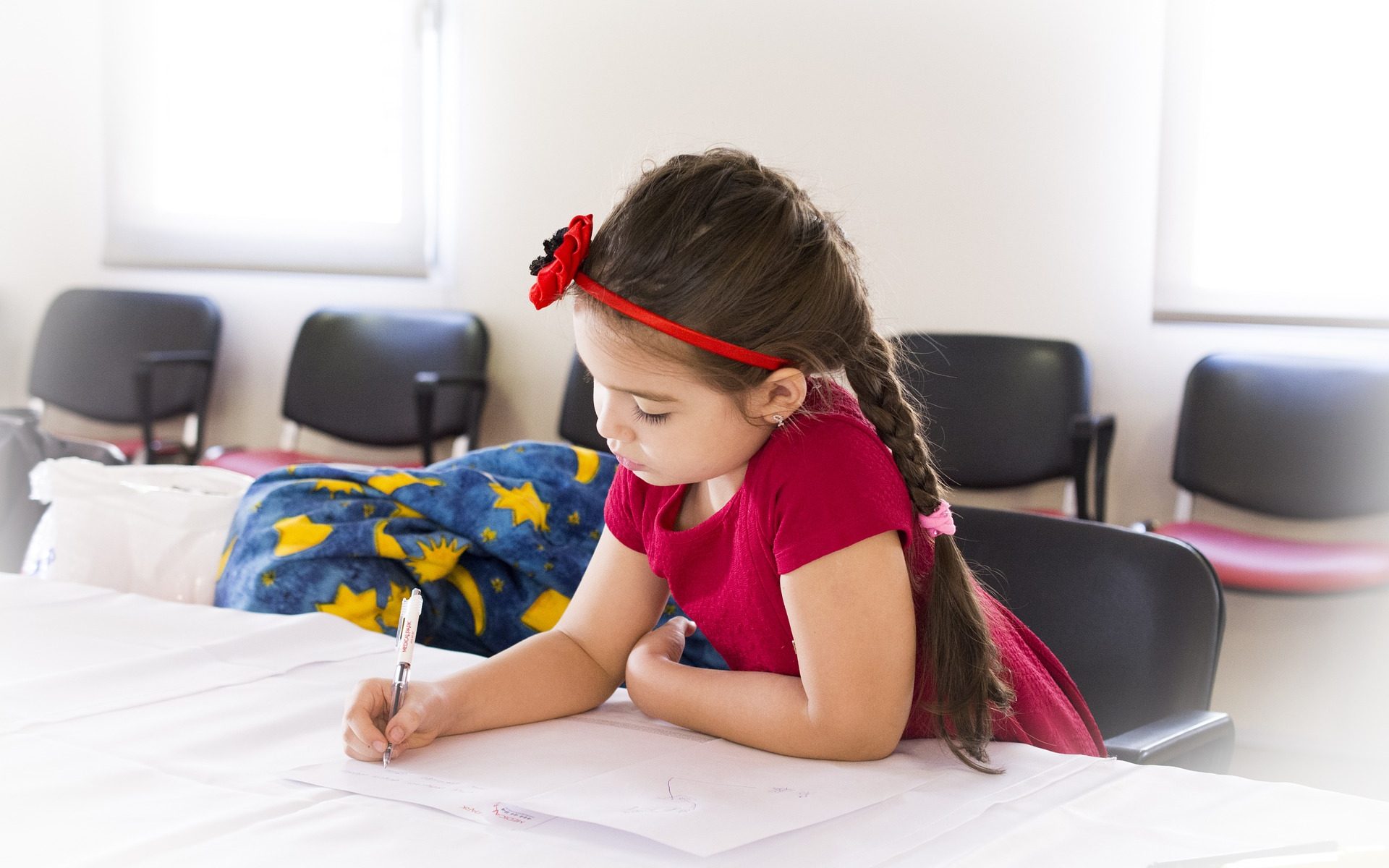“Grit” has recently become a popular buzzword in parenting and education. It’s defined by University of Pennsylvania psychologist Angela Duckworth as “perseverance and passion for long-term goals.” According to Duckworth, grit is a better indicator of future success than IQ or talent. It’s a combination of determination, focus, passion, and resilience. It’s the ability to persevere in the face of challenges and failure. If you want to help your child develop the all-important tool of grit, here are seven ways to do it. Be a positive role model. Children are often mirrors of their parents, so model “grittiness” for your …
How Parents Can Have a Tear Free First Day of School
Whether it’s pre-kindergarten or elementary, the first day of school can be tough for a child who’s never been. As a parent, you may have researched your child’s new school and feel pretty confident in the environment. But with any new experience, the change may be a bit scary for a small child to handle. On the first day of school, they need your support in a way that teachers might not be able to provide. With the following easy tips, you and your little one are on the right track to a no-tears first day of school. Strategies for …
Continue reading “How Parents Can Have a Tear Free First Day of School”
What to Expect: Age 2
This year your older baby will transform into a toddler. They will go from being dependent on you to demanding independence. This year your child will have much slower growth physically compared to the previous year however their mind will grow exponentially. Their play will begin to evolve into imaginative play, and they may become enthusiastic at the presence of other children. Your child will begin to observe you and other adults in their life, mimicking your habits and actions. They may pretend to text or talk on a phone. They may repeat words they hear in conversation or mimic …
5 Tips to Discipline a Toddler
Attempting to discipline a toddler can be a difficult task. It can be difficult to know how much they truly understand and it is important to stay within the realm of their emotional development. Using a positive discipline method will help children to develop their own self-discipline, responsibility, cooperation, and problem-solving skills. It is important to remember that punishment and discipline are two different things and punishment does not work. Be kind but firm When you discipline a child, it is important to be kind but firm. You want to be respectful of his or her feelings and encourage them …
7 Amazing Learning Activities for Toddlers
When we think of toddlers, many thoughts come to mind. Runny noses, messy hair, picky eating are just some of the traits we relate to this curious age group. Cognitively, there’s so much more than what meets the eye. Fine and gross motor skills are being acquired, and an overall sense of the world and the relationships within it are being developed. So how do we support the amazing evolution of the toddler? Here are 7 great activities to help your toddler learn: Sand table play– Sand play strengthens sensory development and basic science and math skills through scooping, pouring …
Continue reading “7 Amazing Learning Activities for Toddlers”
How to Get Your Child to Listen
**The Edvocate is pleased to publish guest posts as way to fuel important conversations surrounding a P-20 education in America. The opinions contained within guest posts are those of the authors and do not necessarily reflect the official opinion of The Edvocate or Dr. Matthew Lynch.** By JaVohn Perry As parents we often ask ourselves, “Why isn’t my child listening to me?” We seem to have the assumption that just because we say something, our child should automatically obey. Wouldn’t that be nice? Well it seldom works out that way. In fact, it is frequently the total opposite. We sometimes …




